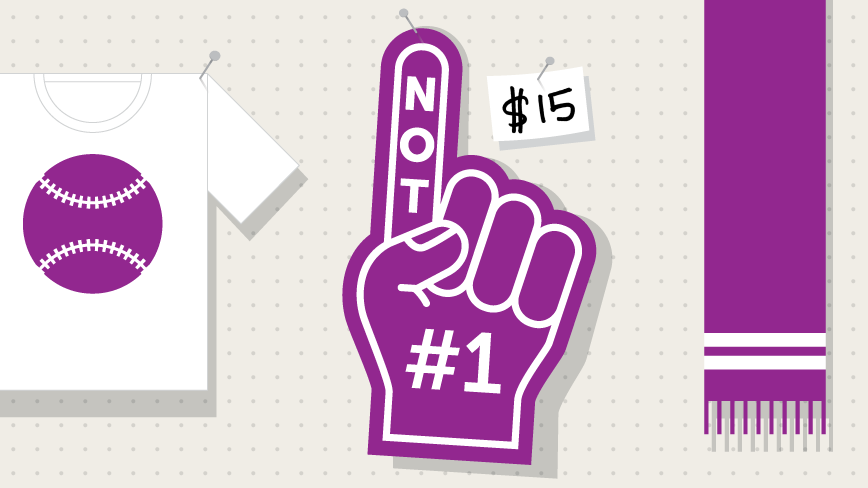Examine sports marketing through the lens of underperforming and unpopular teams who have used marketing techniques to become high-value organizations.
Sports icon and widely proclaimed “King” of golf Arnold Palmer passed away recently, leaving behind one of the most endearing and fondly remembered legacies of any athlete. Surprisingly, that legacy does not only include him being a top golf performer. Instead, Palmer’s true contribution involves him being credited with helping to invent sports marketing as we know it, using the same marketing techniques that would later catapult other athletes to become household names.
We see this tradition continue today, where athletes and teams that do not dominate in their league or are not known worldwide dominate off the playing field in the form of endorsements and lucrative broadcasting deals. Other times, sports stars with distant homelands reach out to claim fans abroad. Neither of these marketing moves serve to tarnish the reputation of the athlete or team. If anything, they enhance it.
The Rise of Sports Broadcasting Deals
In the mid-1950s, broadcast television was expanding its reach to cover more games and sports in depth. Forward to 2017 and those same broadcasting contracts prop up the sports industry in major ways. For example, the average NBA franchise is currently valued at $1.25 billion. This figure represents a 13% spike over last year, which followed a massive 74% gain the year before. The big jumps can be credited to several nationwide media deals completed in 2014.
Lucrative broadcast contracts and other media deals such as with major cable companies, premium seat revenue and sponsorships can drastically increase a team’s profits and value, even though the team might not be championship-worthy or popular in major global markets. Clearly, the ability to keep people watching and secure sponsorships outweighs any on-field or on-court wins when it comes to sports marketing.
Building a Brand Through Star Power
Even though soccer is not as popular in America as it is in the rest of the world, it is possible for a high-value European soccer team to expand its presence and popularity in the American market. It can create a regional corporate office and lucrative soccer academies and camps, which could lead to increased consumer engagement and higher brand recognition.
The increasing love of foreign football cuts both ways, as NFL franchises pen deals for holding several games a year in the U.K. Accompanying this jump across the pond are merchandising and sponsorship opportunities galore, with eager British consumers jumping on every one.
Over the past 60 years, the growth of sports as a team of brands and traditional pastime for viewers has stretched across borders and gone on to create incredible value within sports marketing as a whole.

